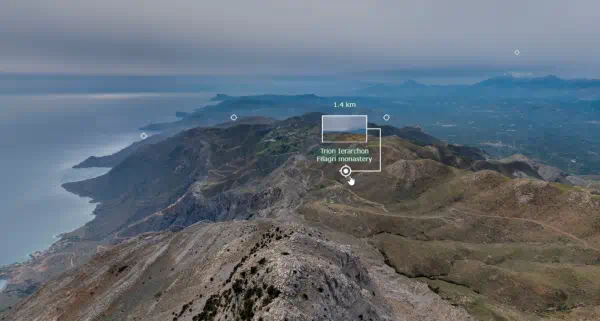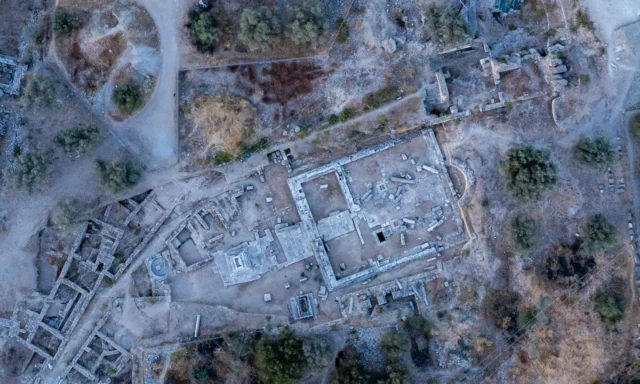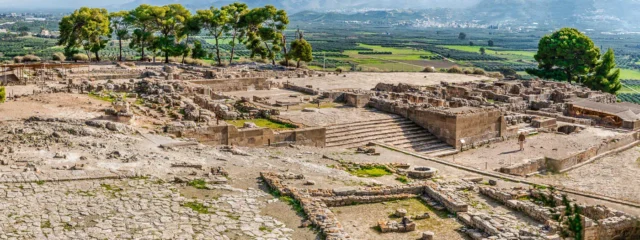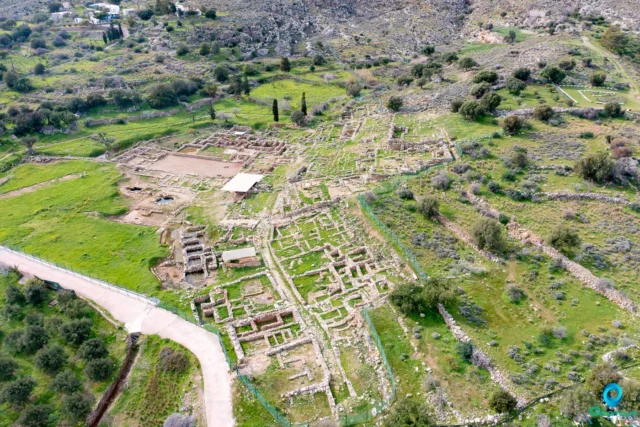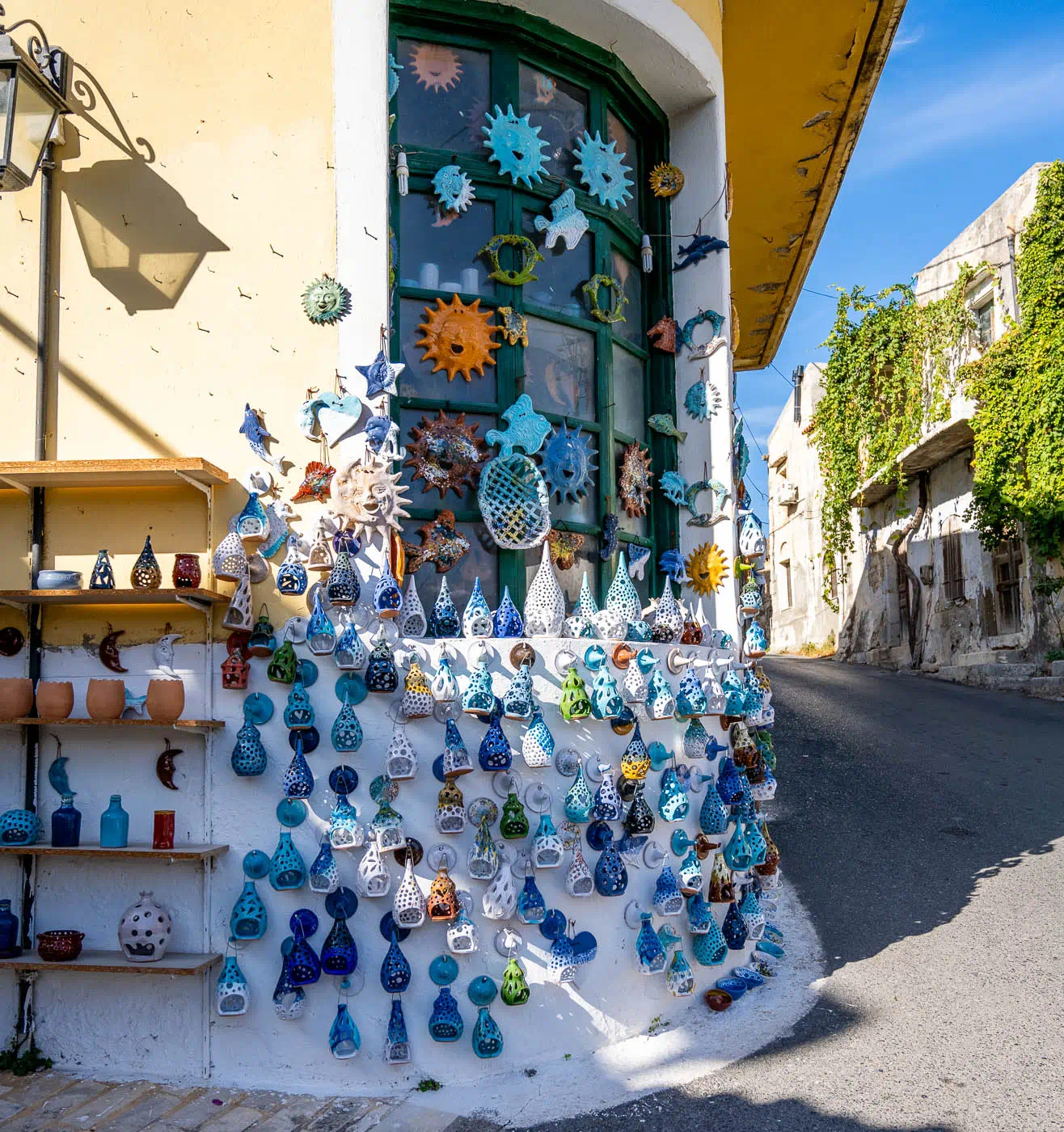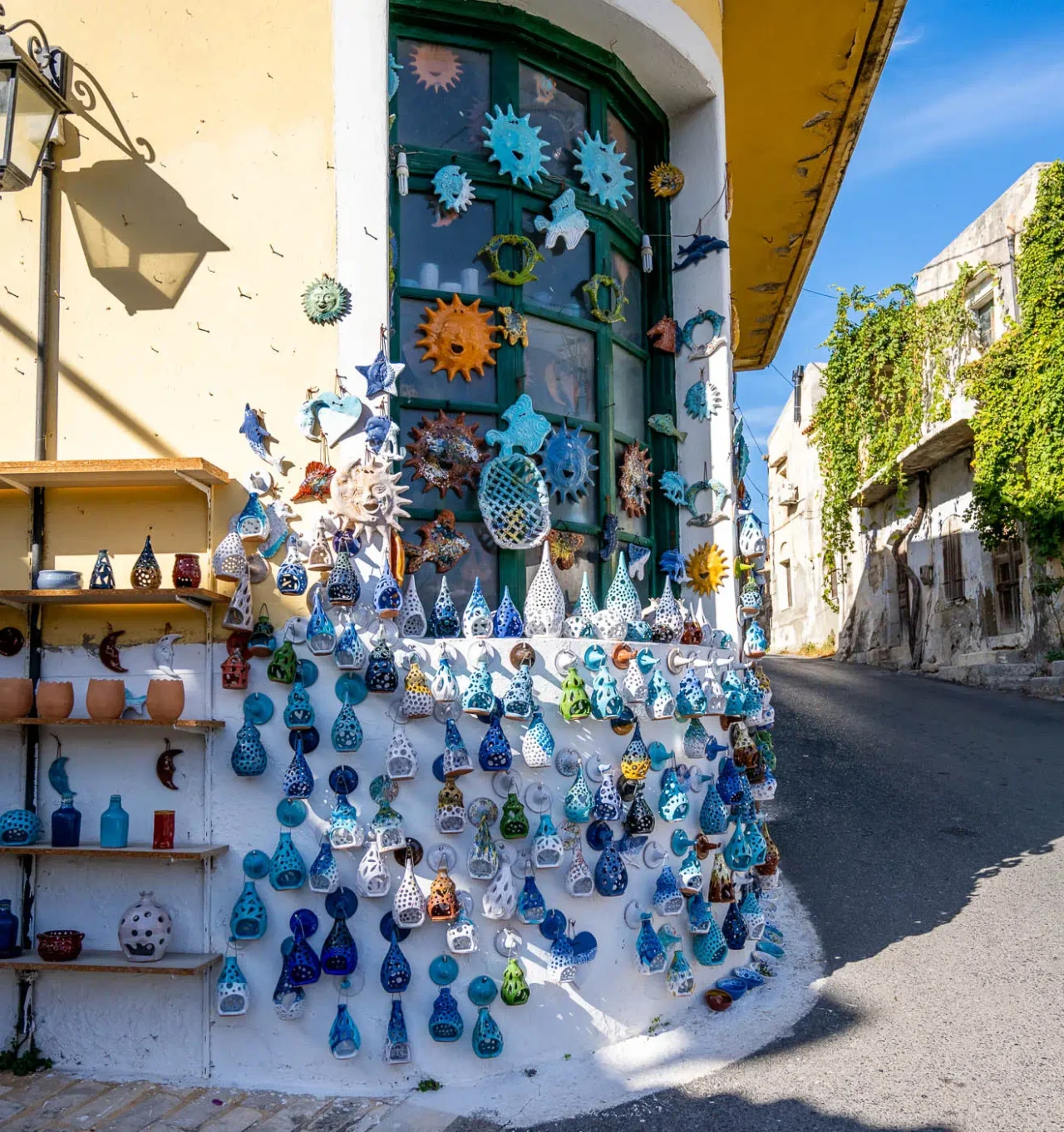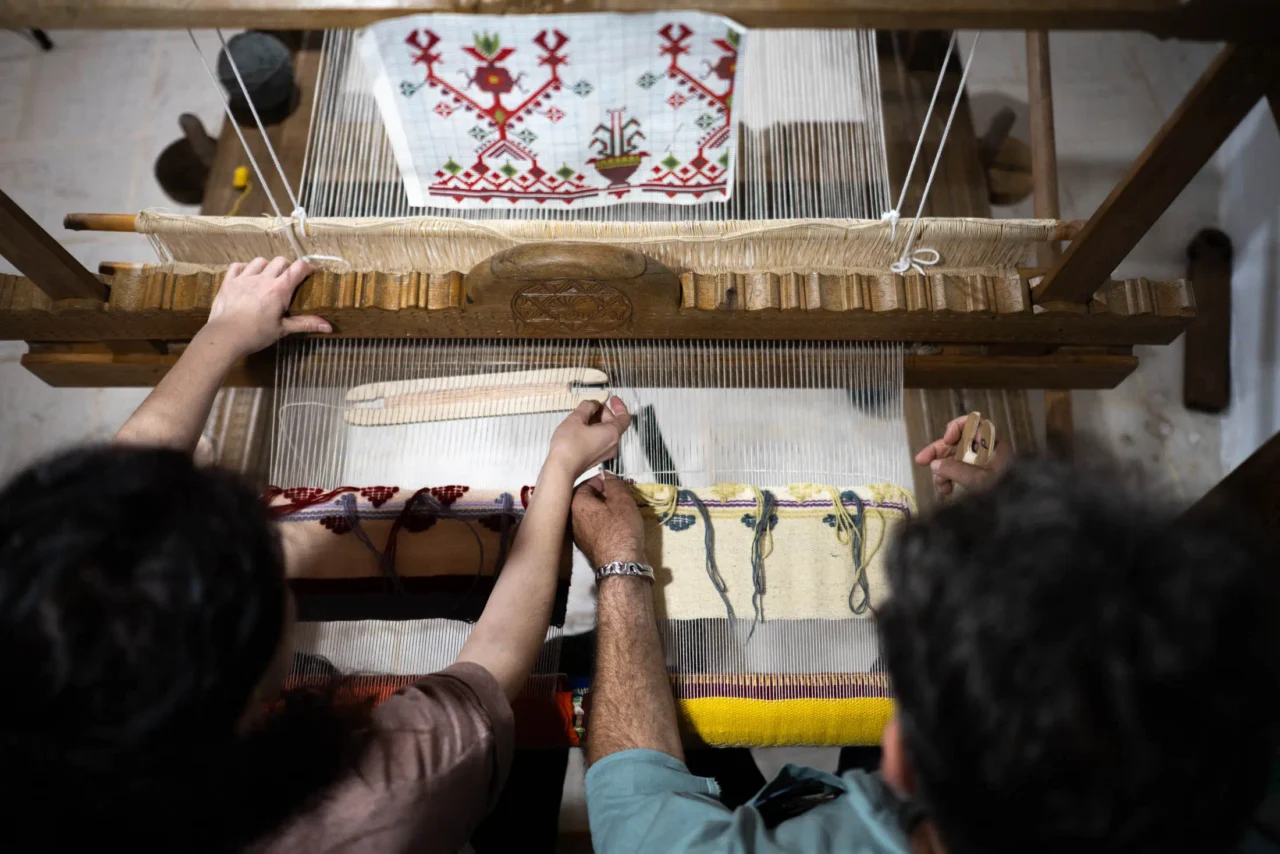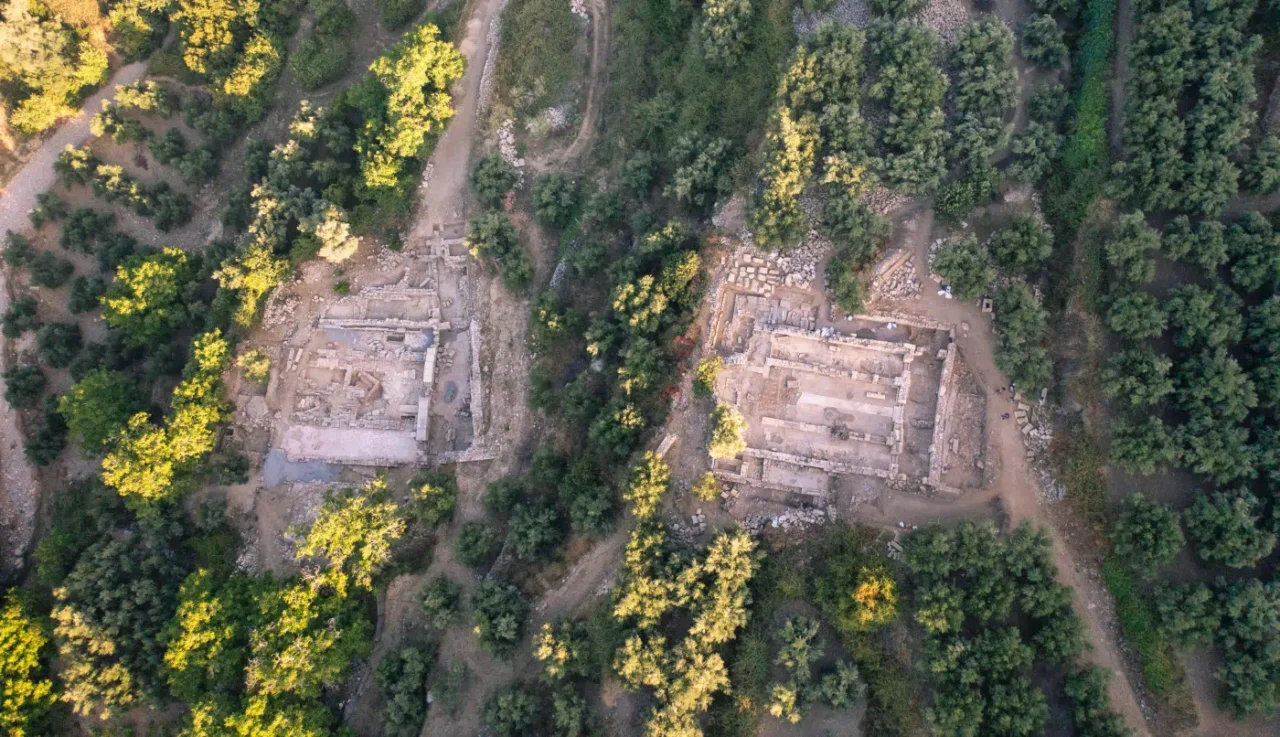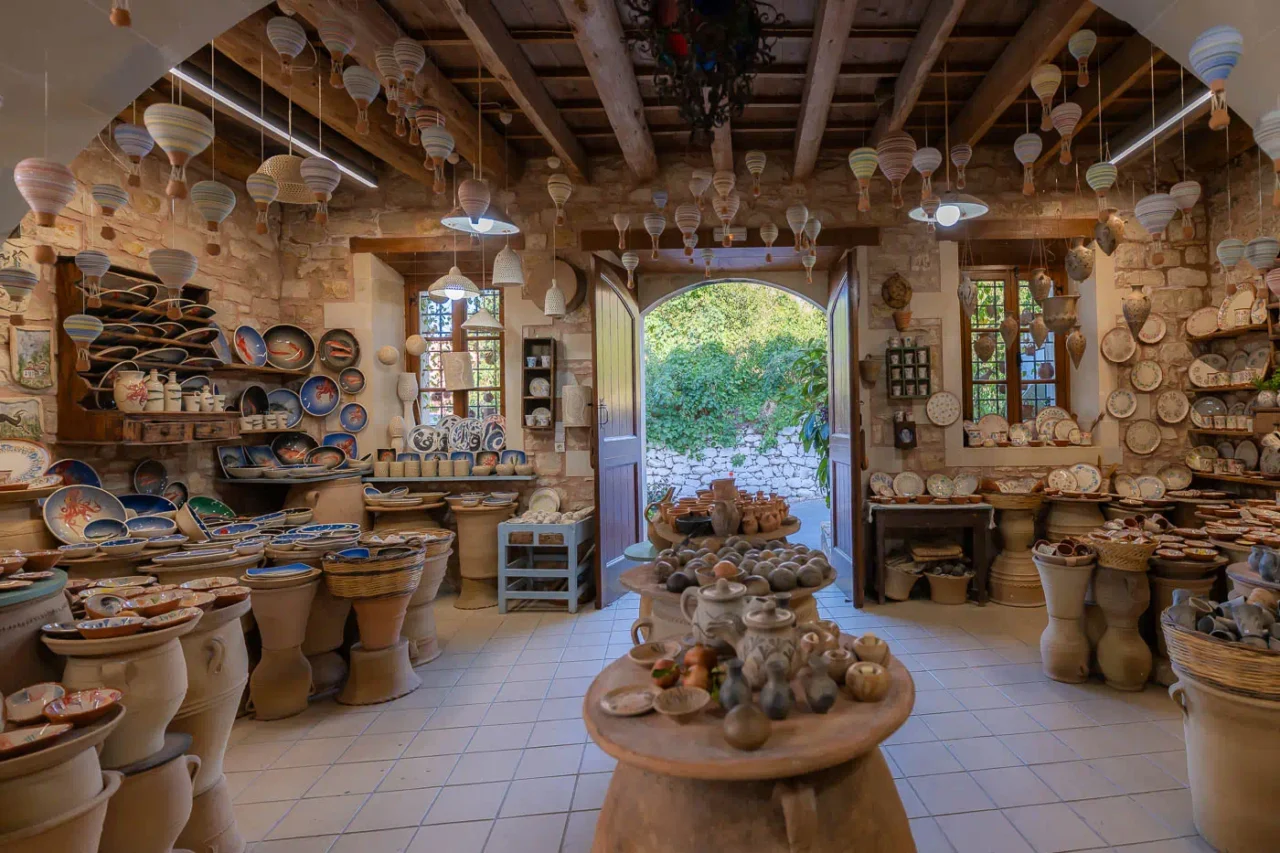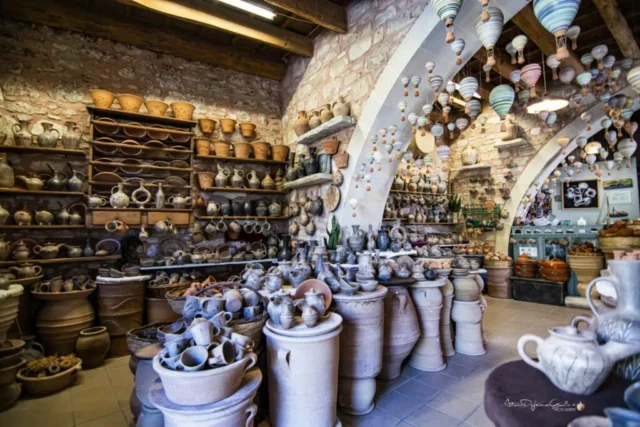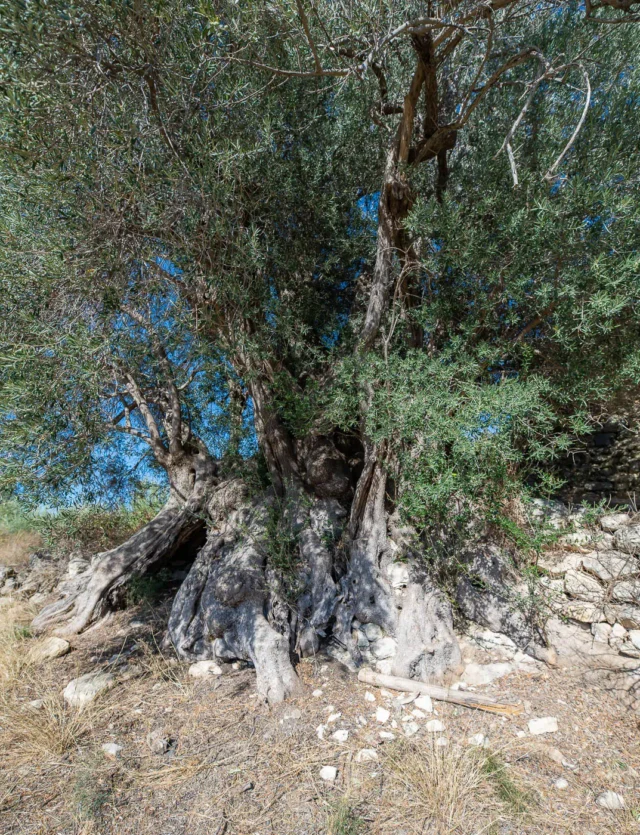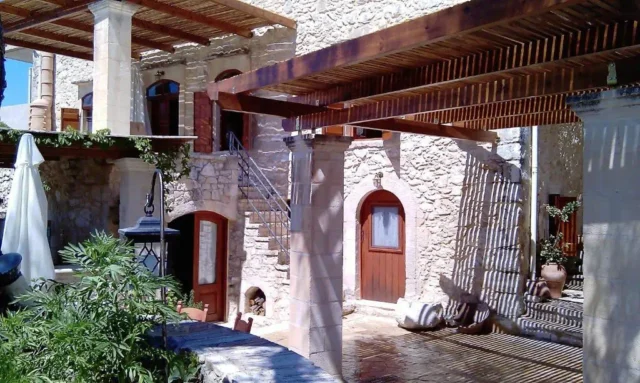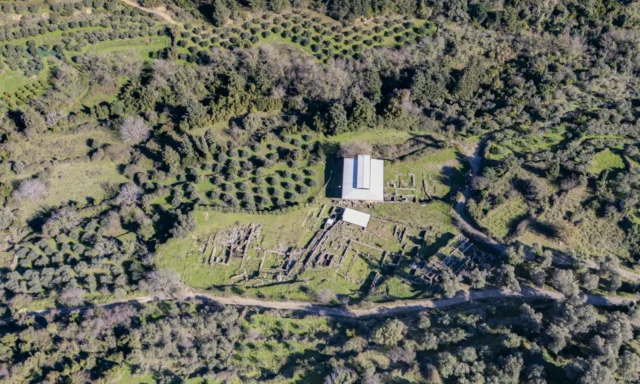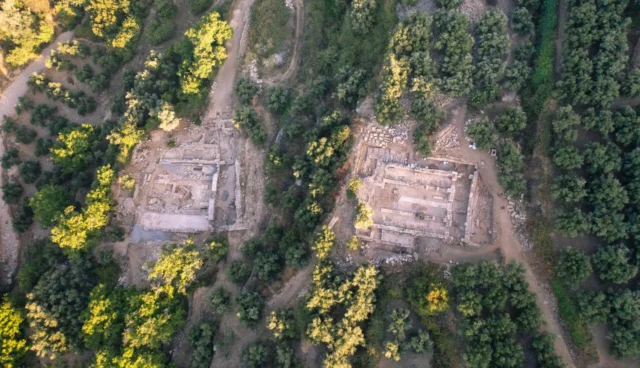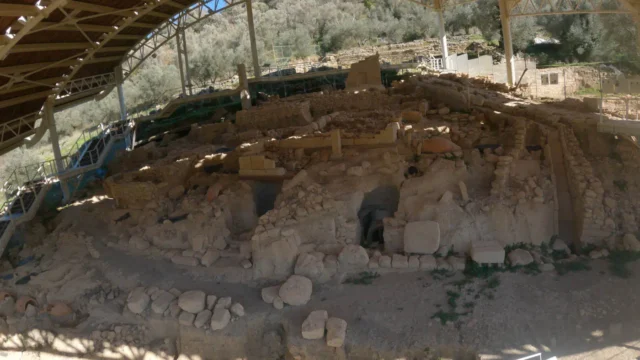Of course, here is a more detailed look at the village of Margarites, drawing upon the provided research.
Margarites: A Cretan Village Steeped in Pottery, History, and Tradition
Population, History, and Tourism Context
Margarites is a small village with a permanent population of around 200 residents, located 27 km southeast of the town of Rethymno. While the village itself was founded in the early thirteenth century CE, there is archaeological evidence of earlier Minoan settlements in the vicinity, dating as far back as the fourteenth century BCE. The village is a key destination within the Psiloritis UNESCO Global Geopark, celebrated not only for its ceramic heritage but also for its traditional architecture and surrounding natural beauty, including a wooded gorge.
The village is a microcosm of Crete’s broader tourism boom. The island saw international tourist arrivals grow from 1.5 million in 1990 to over 5.3 million by 2019, making tourism a leading economic sector that generates 40% of the region’s GDP. This influx is palpable in Margarites, which receives a steady stream of domestic and international visitors between April and October. Most visitors arrive on day trips, often combining their visit with nearby sites like the ancient city of Eleutherna and the historic Arkadi Monastery. Due to limited accommodation and a lack of nightlife, the village’s rhythm is heavily shaped by this daily tourist flow, with most shops and workshops operating between 10 am and 6 pm to cater to them.
Year |
Population |
Notes |
|---|---|---|
1583 |
460 |
|
1881 |
741 |
Christians |
1900 |
986 |
|
1920 |
715 |
|
1928 |
693 |
|
1940 |
719 |
|
1951 |
669 |
|
1961 |
604 |
|
1971 |
415 |
|
1981 |
365 |
|
1991 |
328 |
|
2001 |
331 |
|
2011 |
269 |
|
2021 |
268 |
The Enduring Pottery Tradition
Margarites is one of only two pottery centers remaining on Crete, with a craft tradition that began in the late seventeenth century. Its reputation was built on the accessibility of high-quality clay deposits from the foothills of Mount Psiloritis, which established it as the most important ceramics center in Western Crete. The transmission of this Intangible Cultural Heritage (ICH) is a deep-rooted process; the knowledge of where to find the best clay and the techniques for its production are passed down generationally from Master to apprentice, a journey that can take more than a decade to complete.
Historically, the village’s output was distinctly utilitarian. Until the 1970s, potters produced unglazed vessels from local red clay, fired once in traditional wood kilns, and often decorated with a simple, stamped leaf motif to signify their origin. The advent of mass tourism, however, fundamentally reshaped this tradition. Today, the village hosts 23 ceramicists operating 19 workshops, producing a wide variety of ceramics that cater to tourist tastes, from small cups and bowls to more artistic pieces. These workshops are not merely production sites but have become performative spaces where the craft is demonstrated, shared, and sold as an authentic cultural experience.
Authenticity and the Impact of Tourism
The relationship between pottery and tourism in Margarites is complex, raising critical questions about authenticity. Community members define the authenticity of their craft through a combination of three intertwined elements, conceptualized as the “3Ps”: People, Place, and Product.
- Place-related authenticity emphasizes that for a piece to be truly authentic, it must be “handmade here” in Margarites, connecting the craft to its geographical origins.
- Product-related authenticity is linked to tradition, history, and being individually handcrafted, though this is contested. Some argue that true traditional pottery, made for functional daily use, no longer exists due to modernization.
- People-related authenticity is often seen as the most crucial element. It relates to the potter’s personal integrity, emotional connection to the craft (“I live every piece”), originality, and moral honesty. An authentic potter, by this definition, can produce authentic work regardless of whether the form is traditional or modern.
Tourism has had a dual effect. On one hand, it is the economic lifeline that keeps the pottery tradition alive; as one potter stated, “where the tourists didn’t go, the pottery died”. It has revived interest in traditional culture and provides the financial means for artisans to continue their craft. On the other hand, it has created deep intra-community tensions. Frictions exist between those who prioritize creative expression and emotional connection and those perceived as focusing solely on financial gain. This is exacerbated by the sale of ceramics imported from outside the village to meet tourist demand for stereotypical Greek souvenirs, a practice that many artisans feel erodes the village’s authenticity and reputation. The challenge for Margarites lies in balancing the economic necessities of tourism with the preservation of the integrity and soul of its ancient craft.

